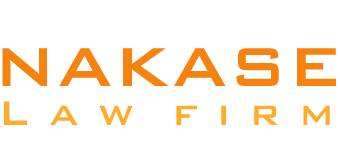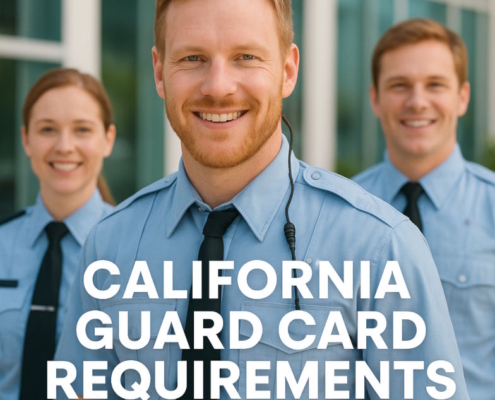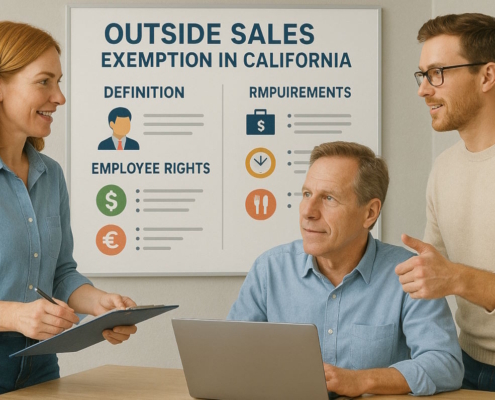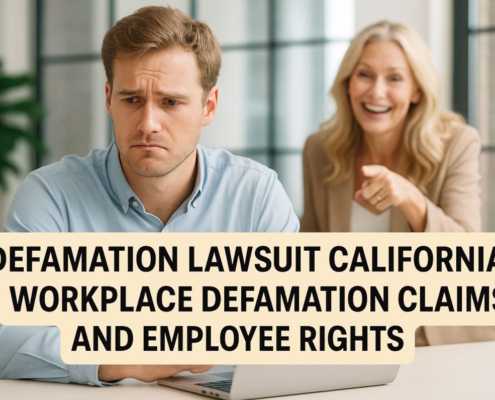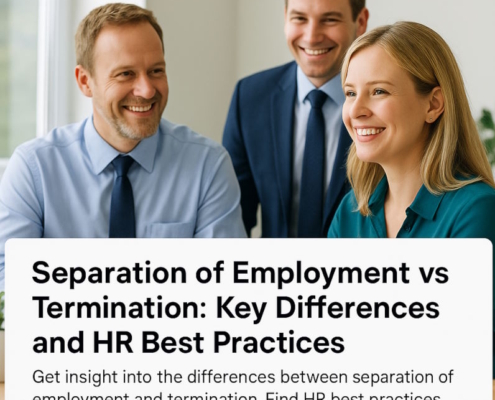Introduction
Employers with five or more workers or contractors are required by the California Code to conduct training on preventing sexual harassment for all staff members, including supervisory & nonsupervisory staff, every two years. Nonsupervisory staff must finish the training in no less than an hour, and supervisory staff must finish it in at least two hours. The Code also stipulates particular information that needs to be covered in the training.
Following a modification in the legislation, which previously mandated businesses with at least fifty workers deliver sexual misconduct prevention training exclusively to supervisors, these sexual harassment training requirements in California entered into force in 2018.
What Do Sexual Harassment Training Requirements in California Need to Cover?
Employers in California are required to make sure the training covers the following topics and offers helpful advice:
- The FEHA and Title VII definitions of sexual harassment
- Laws and case law at the federal and state levels that forbid and avert sexual harassment
- Kinds of sexual harassment behavior, along with real-world examples
- State law’s definition of “abusive conduct”
- Techniques for preventing abusive behavior and harassment
- Details on how to stop harassment and abuse because of gender identity, sexuality, and expression of gender
- The obligation of the supervisor to report harassment
- How to respond if a supervisor is accused of harassment directly
- An explanation of the complaint & investigation process’s limited confidentiality
- Learning assessment questions.
- Skill-building exercises to gauge comprehension and application of the information.
- Discussion questions based on fictitious harassment scenarios
- Resources and remedies for victims of sexual harassment
- How harassing conduct must be addressed by employers
Employees have to read & acknowledge receiving the employer’s anti-harassment guidelines as part of the sexual harassment training requirements in California.
Learning Goals for Sexual Harassment Training Requirements in California
California regulations stipulate that the training’s learning objectives must be created to:
- Provide support to companies in responding to employment practices that contribute to or worsen harassment on the basis of gender identity, sex, gender expression, and sexual orientation.
- The harmful effects of abusive behavior should be made known to the employees.
- Make them stop it and prevent other inappropriate behavior at work by encouraging, developing, and instilling in the workers values that will help them to respond to harassment, as well as devising fast solutions to address them.
FAQs: Sexual Harassment Training Requirements in California
The material in the following frequently asked questions is meant to assist organizations in meeting the 2025 sexual harassment prevention training standards for businesses with California-based employees.
1. Is the training mandatory?
Yes. California Code section 12950.1 mandates the training on preventing sexual harassment. Employers who do not provide such training run the risk of increased liability. There is a risk of claims of harassment by the employees. Enforcement action by the Department of Civil Rights (California) is also possible.
2. Do the California law and the regulations of the Department of Civil Rights (CRD) point out what to be taught and by whom?
The California law and the Department of Civil Rights give a number of specifications on the sexual harassment prevention training. The conditions that need to be trained, the frequency and time the training should be done, the training content, and the training method are highlighted. The following FAQs will provide more information on these issues in detail.
3. Sexual harassment training requirements in California: Which companies are covered?
Any employer who employs a minimum of five workers or other entities providing contracted services must provide it.
Workers/contractors who do not work in California are also considered when it comes to providing sexual harassment prevention training. A company has five employees. Two of them are Californians. The employer has to provide the two California workers with the training.
4. Training new supervisors and employees: When is it needed?
Supervisory employees who are new must undergo CA harassment training within six months of assuming such a position, and new workers must undergo such training within six months of employment.
Any person who can hire, fire, assign, transfer, censure, or compensate other employees is a supervisor. If executing that authority necessitates using independent judgment, a supervisor also has the power to propose these measures.
5. Who is obligated under California law to finish this training?
In the state of California, all workers and managers are required to complete training. Employers are not required by law to provide training to volunteers, unpaid interns, and freelancers. To guarantee that there is no harassment at work, however, smart companies teach these individuals.
It is not mandatory for employers to provide training to workers who are not employed in California. However, comparable sexual harassment education standards can exist in other states where employees work.
An important part of shielding the business from harassment litigation in California is offering training to freelancers and out-of-state workers who frequently deal with California workers. The rules set a “minimum standard” and “must not hinder any employer from offering any extra training required to achieve its responsibilities to take all feasible steps necessary to avoid or correct harassment and discrimination,” as the legislation explicitly states.
6. Seasonal and temporary workers: Is their training necessary?
Indeed. Any employee who works for less than 6 months, including seasonal and temporary workers, must receive training from their employer.
During 30 calendar days of the first day of employment or during the initial one hundred hours of work, whichever comes first, education and instruction must be given.
However, employers who use temporary employment agencies are not required to offer their employees on-the-job training. Rather, those people must be trained by the temporary staffing company.
7. Sexual harassment training requirements in California: Duration
For nonsupervisory staff, the training must last one hour. For supervisory staff, it must last two hours.
8. Sexual harassment training requirements in California: Can you finish it online?
Yes. As long as the training satisfies the effective digital learning and time standards, it can be finished online on an individual basis.
The training does not have to be finished all at once. If the length criterion is satisfied, it can be finished in shorter sections. If the actual online education material meets or goes beyond the time requirements, e-learning training may apply bookmarking features, which enable the worker to pause the training.
9. Does bystander intervention instruction have to be offered by employers?
No, it is not mandatory, but employers are usually encouraged under California law to incorporate bystander intervention instruction (as part of their harassment training). Employers should offer bystander intervention training to every employee.
It is a good corporate practice. It may offer helpful advice regarding ways of empowering bystanders to identify & respond to problematic behaviors. The goal of the training is to provide the workers with the knowledge & confidence they require to prevent sexual assault at work, and means of help in case they are not able to do so.
10. Is it necessary that managers or workers trained in one company take training in another company?
It varies. An employee/supervisor does not have the compulsion to undergo compliance training if they have already completed it at another company within the last 2 years. But you need to keep in mind that within six months of hiring new staff, the company is still mandated to give them a copy of its anti-harassment policy.
It is the duty of every employer to guarantee that all workers, including managers, receive training that conforms to California’s training regulations. To ensure compliance and prevent responsibility for depending on training from outside sources, most employers consider it easier when supervisors and employees retake the training they received from their company.
11. When is it necessary to retrain employees?
Sexual harassment education must be provided to staff members every two years. An employer is not permitted to delay the orientation period for new supervisors and employees.
12. Sexual harassment training requirements in California: What documentation is needed?
Employers have to maintain records of employee training.
- Names of the training staff
- Training date, sign-in sheet, and copies of all given attendance or certificates of completion
- The type of instruction
- A copy of every written or audio resource used in the training
- The training provider’s name
13. Do businesses provide compensation to their staff for the time spent in training?
Training on sexual harassment & abusive conduct is something that the employer “must provide,” according to California law. Therefore, it is the responsibility of the business to give training, not the employees’, and as such, the employer is responsible for covering all expenses related to training implementation. If it wants to force a company to provide the training, the DFEH might also ask the court for an order. The legislative text further clarifies that employees might not have to attend the training on their own time. The instruction must be given as a component of their job instead.
14. Does California law impose any additional responsibility for the prevention of harassment?
Required work posters must be shown by employers: Posting the California Law Prohibits Workplace Discrimination & Harassment poster is mandatory for all employers.
Every employee must get a copy of the DFEH Sexual Harassment Fact Sheet from their employer: Every employee must also receive a Sexual Harassment Infographic or fact sheet from their employer, provided by the DFEH. To satisfy the “brochure” rule, an employer may decide to provide each employee with one of the fact sheets or the poster. As long as the technique selected guarantees that every employee receives the brochure, the employer is free to select the distribution strategy.
As an alternative, an employer could create a comparable written notification with the necessary details:
- State and federal laws’ definitions and prohibitions of sexual harassment
- Examples and explanations of sexual harassment
- Employees have legal recourse through the company’s internal complaint procedure as well as through the state’s Department of Fair Employment & Housing (DFEH).
- Contact information for the DFEH
- The defense against reprisals
- A webpage link for the DFEH’s online training program on sexual harassment
15. Are there additional recent updates regarding California law and harassment?
Yes. Read the ones included in the summary below.
A. Responsibility of an Employer for Non-Employee Harassment
SB 1300 increased the Fair Employment & Housing Act’s responsibility & protections for harassment. Employers may be held accountable under this new rule for illegal harassment committed by non-employees against workers or non-employees, such as volunteers, contractors, and interns. FEHA used to only cover non-employees’ liability for sexual harassment. The legislation became operative on 1st January 2019.
B. Accountability for a Single Harassment Incident
The “stray words doctrine” was also rejected by SB 1300, which affirms that one instance of harassing behavior is enough to establish the triable case of a hostile workplace. The legislation became operative on 1st January 2019.
Because of this, California law now states that “if the abusive conduct has unreasonably impacted the complainant’s professional performance or created an unpleasant, intimidating, or insulting working environment, then just one instance of harassment is enough to create a triable case of an adverse work environment.”
C. Prohibition of Specific Agreement Non-Disparagement & Release of Claims Clauses
Additionally, SB 1300 forbade companies from compelling an employee to sign a non-disparagement contract that forbids disclosure of illegal workplace activities or to execute a waiver of claims under FEHA in return for a raise, bonus, or as a requirement of continuing employment. Any such contract is considered null and void since it violates public policy. The legislation became operative on 1st January 2019.
D. Non-Disclosure Contracts Are Prohibited
SB 820 made it illegal and nullified confidentiality contracts in settlements involving claims of retaliation, sex discrimination, or harassment or sexual assault that were signed on or after 1st January 2019.
In particular, a company cannot have an employee sign a waiver, a non-disparagement contract, or any other instrument that forbids them from telling others about illegal activity occurring at work.
Nonetheless, if the other party is not a public person or government agency, the new rule permits a claimant to ask for an agreement clause that protects their identity (including information that might expose their identity) and prohibits the release of the settlement sum that was paid.
